Introduction: Facilities management is the engine room of your business. It’s the strategic discipline responsible for ensuring your organization’s most valuable physical assets—the buildings, machinery, and equipment—are safe, efficient, and aligned with your company’s mission. When managed effectively, it’s a powerful driver of profitability and productivity. When neglected, it becomes a source of uncontrolled costs, operational disruptions, and significant risk.
Setting clear, strategic facilities management goals is the first step toward transforming your operations from a reactive cost center into a proactive, value-generating powerhouse. This article provides a blueprint of essential goals to enhance the efficiency, safety, and financial health of your facility.
Setting the Foundation: A SMART Approach to Facility Goals Before diving into specific objectives, establish a framework for success. The most effective goals are SMART:
- Specific: Clearly define what you want to accomplish.
- Measurable: Use Key Performance Indicators (KPIs) to track progress.
- Attainable: Set challenging but realistic goals.
- Relevant: Ensure goals align with your organization’s overall strategy.
- Time-bound: Set clear deadlines to create urgency and focus.
9 Core Goals for High-Performing Facilities
Here are nine essential goals, grouped by their primary impact area, that every facilities manager should pursue.
Financial & Sustainability Goals
- Drive Down Maintenance Costs: Maintenance is a necessity, but it can be costly, often representing 15% to 40% of total production costs. The goal is to cut these costs intelligently without sacrificing quality or safety.
- How to Implement: Analyze spending patterns to identify high-cost assets. Implement a robust preventive maintenance schedule to reduce expensive emergency repairs. Use digital tools to track parts inventory and avoid redundant purchasing.
- Enhance Energy Efficiency & Sustainability: With over 60% of U.S. companies now implementing sustainable practices, energy efficiency is no longer optional. It’s a key driver of cost savings and corporate responsibility.
- How to Implement: Conduct an energy audit to identify waste. Switch to energy-efficient lighting and equipment. Improve building insulation and optimize HVAC systems. According to the Department of Energy, these improvements can save a facility up to 40% in operating costs.
Operational & Efficiency Goals
- Master Proactive & Preventive Maintenance (PM): Shifting from a reactive («run-to-failure») model to a proactive one is the single most impactful operational goal.
- How to Implement: Conduct an asset criticality assessment to prioritize your PM efforts. Create detailed PM checklists and schedules for all critical equipment. Track PM compliance as a key performance indicator.
- Optimize Work Order Management: An efficient work order process is the backbone of the maintenance department. The goal is to streamline requests, assignments, and completions to minimize response time.
- How to Implement: Establish a single, clearly defined process for submitting work order requests, moving away from emails and spreadsheets. A digital system allows for instant submission, automatic routing, and real-time status tracking.
- Improve Space Utilization: Every square foot of your facility costs money. The goal is to ensure that all space is used efficiently and functionally to maximize productivity and safety.
- How to Implement: Analyze your current layout to identify underutilized areas. Consider vertical storage solutions, such as mezzanine systems or taller racking, and optimize aisle widths to create more functional space.
Strategic & Compliance Goals
- Ensure Ironclad Regulatory Compliance: Non-compliance with safety and environmental standards (e.g., OSHA in the U.S.) can lead to heavy fines, operational shutdowns, and reputational damage.
- How to Implement: Perform regular internal audits and equipment inspections. Maintain meticulous, centralized records of all compliance-related activities and documentation, making them easily accessible for official audits.
- Foster Seamless Team Communication & Collaboration: Miscommunication leads to errors, delays, and safety risks. An effective team is one that is always on the same page.
- How to Implement: Establish clear channels for communication between technicians, managers, and other departments. Use digital platforms that allow for real-time updates, document sharing, and collaborative problem-solving directly within work orders.
- Enhance Overall Operational Efficiency: This overarching goal ties everything together. It’s about maximizing your output (products, services) while minimizing your input (time, money, resources).
- How to Implement: Automate manual processes like scheduling. Invest in team training and time management. Use data to optimize resource allocation and production capacity.
- Achieve Data-Driven Operations: The ultimate strategic goal is to move from making decisions based on intuition to making them based on accurate, real-time data.
- How to Implement: Invest in technology that can capture and analyze maintenance data. Track KPIs for asset health, team performance, and costs. Use these insights to continuously refine your strategies and justify future investments.
Analysis of Results: The Compounding ROI of Strategic Facility Management
Achieving these goals individually is beneficial, but their true power lies in their combined, compounding effect. A holistic approach to facilities management yields a significant and measurable return on investment (ROI).
- Direct Cost Reduction: Proactive strategies deliver immediate financial wins. Research shows that a well-run preventive maintenance program can decrease overall maintenance costs by 12-18% and is up to 10 times more cost-effective than running equipment to failure. Combined with energy savings, this directly lowers operational expenditures (OPEX).
- Increased Asset Value & Lifespan: Effective maintenance is the best way to protect your capital investments. Studies show that 78% of companies that use modern maintenance management tools see an improvement in equipment life. Extending the lifespan of critical assets delays costly replacements, improving your capital expenditure (CAPEX) outlook.
- Enhanced Productivity & Output: An efficient facility produces more. By optimizing work orders, improving communication, and reducing unplanned downtime, you increase throughput. One company reported that data visualization from their management system reduced production delays by 320 hours while increasing production coefficients by 15%.
- Significant Risk Mitigation: Strong compliance and safety protocols prevent costly fines, legal liabilities, and workplace accidents. A well-maintained facility is a safer and more resilient facility, protecting both your people and your profits.
The Technology Enabler: The Role of a Modern CMMS
Achieving these goals at scale in a modern facility is nearly impossible with manual methods. A Computerized Maintenance Management System (CMMS), also known as a GMAO, is the enabling technology. It acts as the central nervous system for your entire maintenance operation, allowing you to:
- Automate preventive maintenance scheduling.
- Streamline the entire work order lifecycle.
- Track inventory, labor, and costs in real-time.
- Centralize all asset history and compliance documentation.
- Generate reports and dashboards to track KPIs and make data-driven decisions.
Conclusion: From Cost Center to Value Driver Effective facilities management is a strategic journey,















